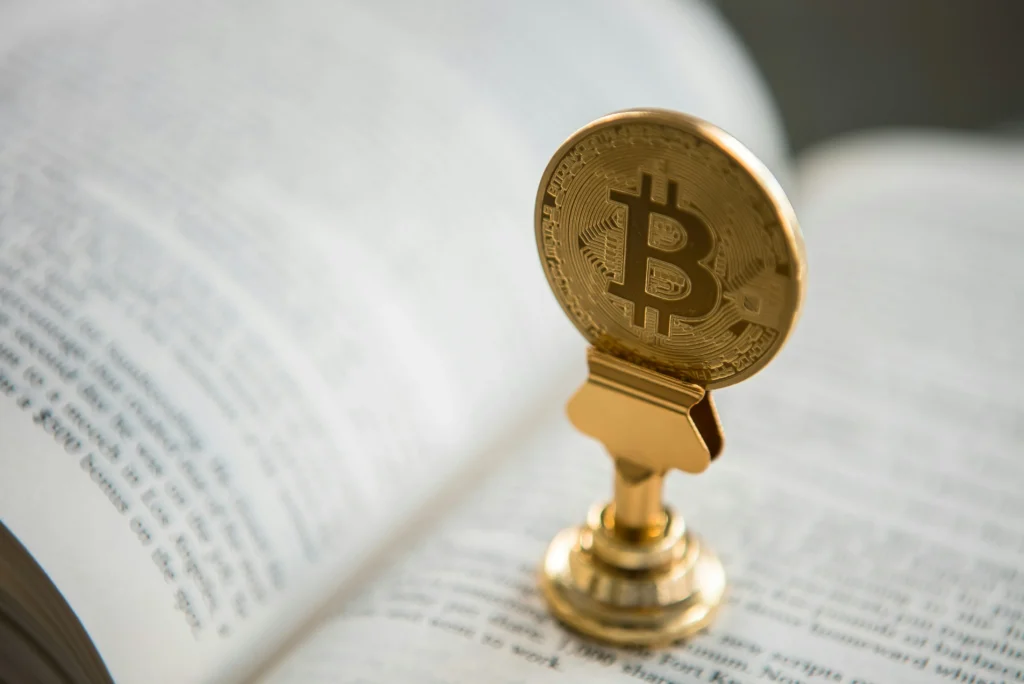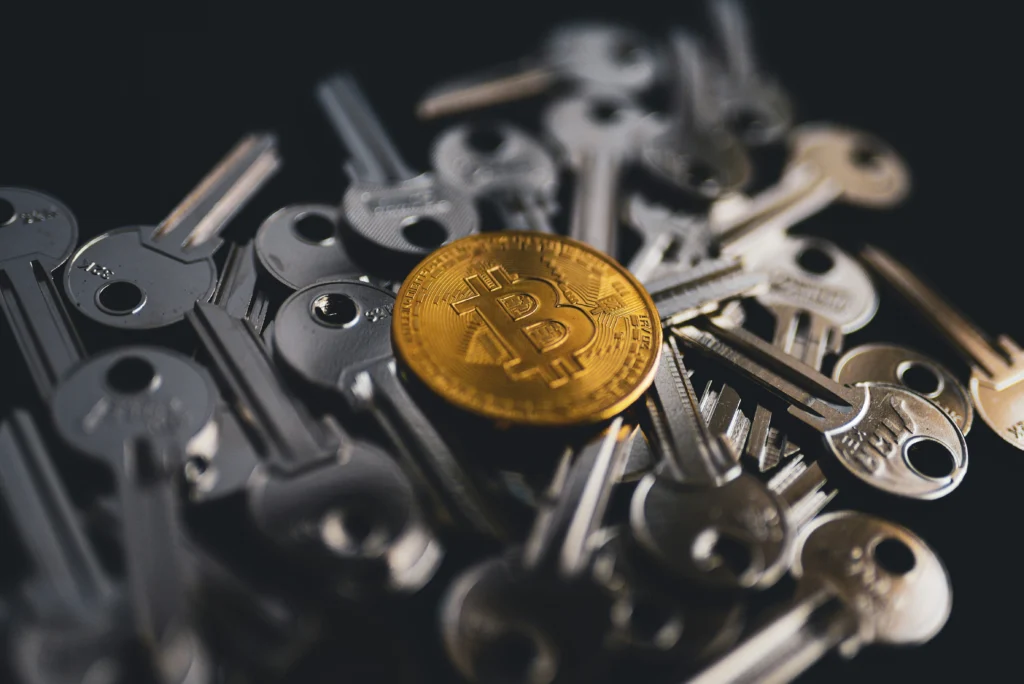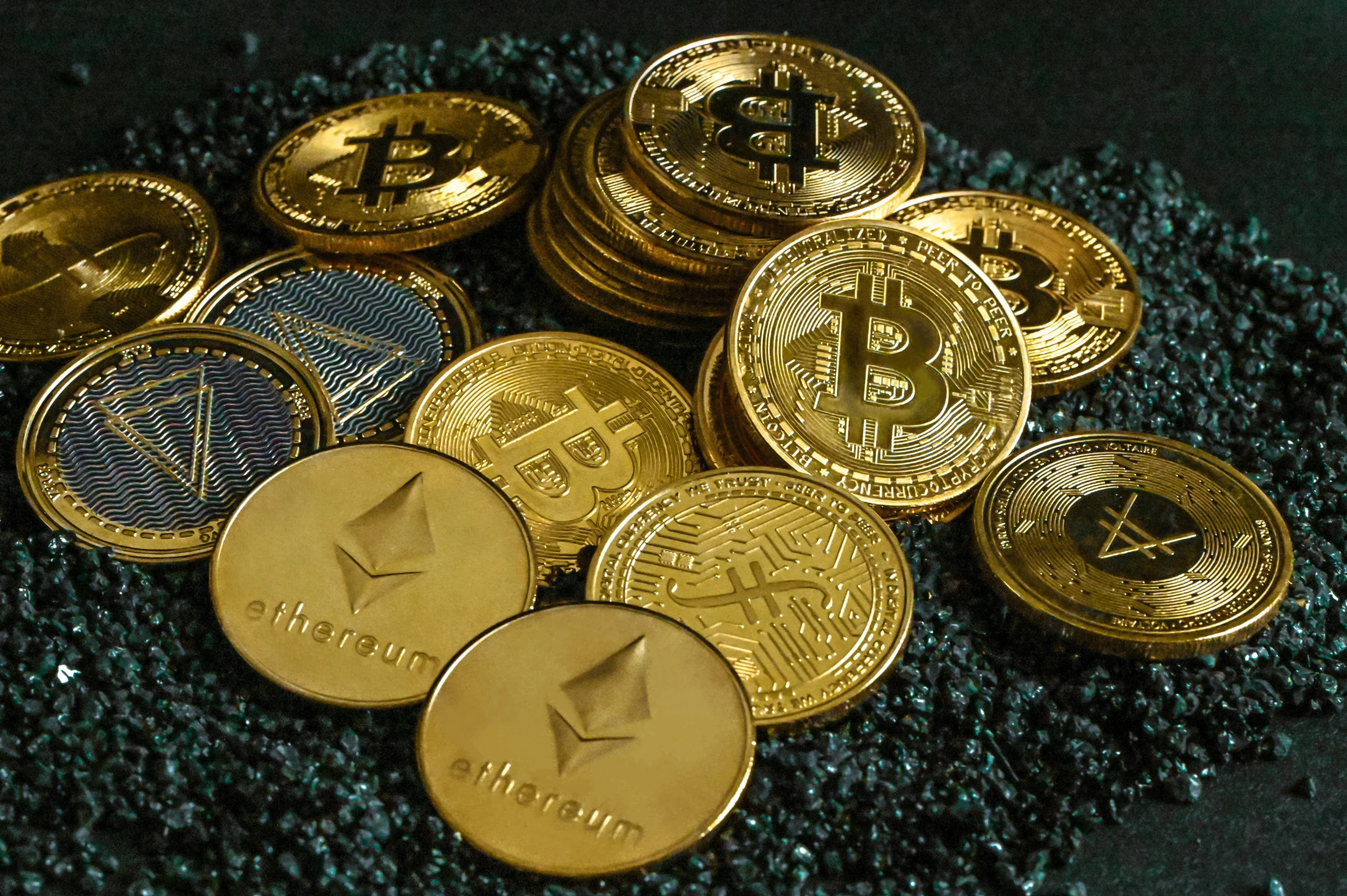Purchasing cryptocurrency has never been simpler, but clicking “Buy” alone won’t get you there safely. Beginners frequently fall into expensive traps because there are so many platforms, wallet options, and payment methods available. This post explains all you need to know about safely purchasing cryptocurrency in 2025, regardless of whether you’re a first-time buyer or hoping to increase your holdings.
💳 Step 1: Choose the Right Payment Method
Before you buy cryptocurrency, decide how you’ll pay for it. Here are common payment methods:
Make a payment plan before purchasing cryptocurrency. The following are typical ways to pay:
- Credit cards are quick and easy, but they can have higher fees.
- Debit cards: Straight from your bank and with fewer fees.
- Bank transfer: Best for big sums, but takes longer.
- Peer-to-peer (P2P): Use apps like Binance P2P to buy straight from users.
- Fiat currencies: The majority of exchanges take USD, EUR, INR, and so on.
Select the approach that strikes a balance between cost, speed, and safety. Nowadays, a lot of credit card companies collaborate with cryptocurrency exchanges to make purchasing digital currency easier.

🏦 Step 2: Select a Trusted Exchange or Platform
A secure cryptocurrency transaction starts with a reliable exchange. Some popular names in 2025 include:
- Coinbase (U.S.)
- Binance
- Kraken
- Gemini
- WazirX (India)
Make sure the exchange:
- Complies with regulations
- Offers insurance on funds
- Uses blockchain technology for transparency
- Allows withdrawals to external wallets
Avoid platforms that don’t allow you to move your cryptocurrency funds — “Not your keys, not your coins.”
🔐 Step 3: Create and Secure Your Wallet
After buying, where do you store your crypto?
Types of Wallets:
- Software wallets (e.g., Trust Wallet, MetaMask)
- Hardware wallets (e.g., Ledger, Trezor)
- Paper wallets (less common today)
- Custodial wallets (controlled by an exchange)
Use a non-custodial wallet with your own private key for the most control. This shields you from financial institution shutdowns, exchange freezes, and hacks.
🔑 Why Private Key Ownership Matters
You can access your digital currency using a private key, which is a secret code. Someone could steal your cryptocurrency if they manage to get their hands on your key. Your money is lost forever if you misplace it.
Always:
- Keep your key offline.
- Make use of encrypted backups.
- Don’t ever share it with anybody.
Consider it more valuable than the PIN for your debit or credit card.
📉 Common Mistakes to Avoid
Even in 2025, these are the biggest rookie errors:
- Purchasing from fraudulent websites: Only engage in verified transactions.
- Ignoring 2FA – Always activate two-factor authentication.
- Use a hardware wallet to keep all of your money on exchange.
- Sending to the incorrect wallet address: Verify everything again.
- Falling for offers that seem too good to be true: No one is giving away free Bitcoin.
Each year, users lose millions of dollars in financial assets as a result of these errors. The important thing is to remain cautious.

🌍 Peer to Peer Buying (P2P)
Buying from others directly using peer to peer platforms offers benefits:
- No middleman
- Often lower rates
- Private cryptocurrency transactions
But it also comes with risks. Only use P2P services on trusted exchanges, and always verify identity before sending fiat currencies or crypto.
💼 Institutional Buying: What Financial Institutions Do
Numerous financial institutions have joined the cryptocurrency market today. When they purchase, they adhere to stringent procedures:
- Track assets with distributed ledger systems.
- Join forces with open-source, safe custody platforms.
- Keep keys on several different systems.
- Spread your bets among several cryptocurrency funds.
Retail users can also make safer purchases by taking a cue from their experience.
📲 Buying Through Apps and Mobile Wallets
Apps have made it easy to buy cryptocurrency on-the-go. Wallets like:
- Cash App
- PayPal
- CoinDCX
- Revolut
Now let you buy, sell, and even use crypto for everyday spending through connected debit cards.
Look for apps that:
- Let you export your crypto to another wallet
- Support common tokens like BTC, ETH, USDT
- Use strong security for private key protection

🧠 Satoshi Nakamoto’s Legacy of User Control
Bitcoin’s enigmatic founder, Satoshi Nakamoto, supported financial independence and decentralization. By purchasing cryptocurrency now, you’re taking part in a system that returns control to you by removing it from financial institutions and credit card companies.
Responsibility accompanies that freedom: be aware of how to handle your keys, store your coins, and select the appropriate payment options.
✅ Final Thoughts
In 2025, purchasing cryptocurrencies is simpler than ever, but cautious investing is still necessary. Select reliable platforms, keep your private key safe, and always double-check before sending money.
You can safeguard your financial assets and future-proof your money by learning how to manage your own digital currency responsibly as the market for cryptocurrencies expands.
Q1: What is the most secure method for purchasing cryptocurrency?
utilizing a secure wallet, a regulated exchange, and double-checking all information prior to purchase.
Q2: Is it possible to purchase cryptocurrency using a credit or debit card?
Indeed. Both are accepted by many platforms, and some use credit card companies to offer cryptocurrency rewards.
Q3: Should I use an exchange to store my cryptocurrency?
No. Always switch to a private key-controlled, secure wallet.
Q4: Is it possible for banks to monitor my cryptocurrency?
Although they can view cryptocurrency transactions on public ledgers, they might not be able to connect you to them unless KYC is applied.
READ ALSO : CRCL Stock: Is Circle Internet Group the Future of Stablecoins?

